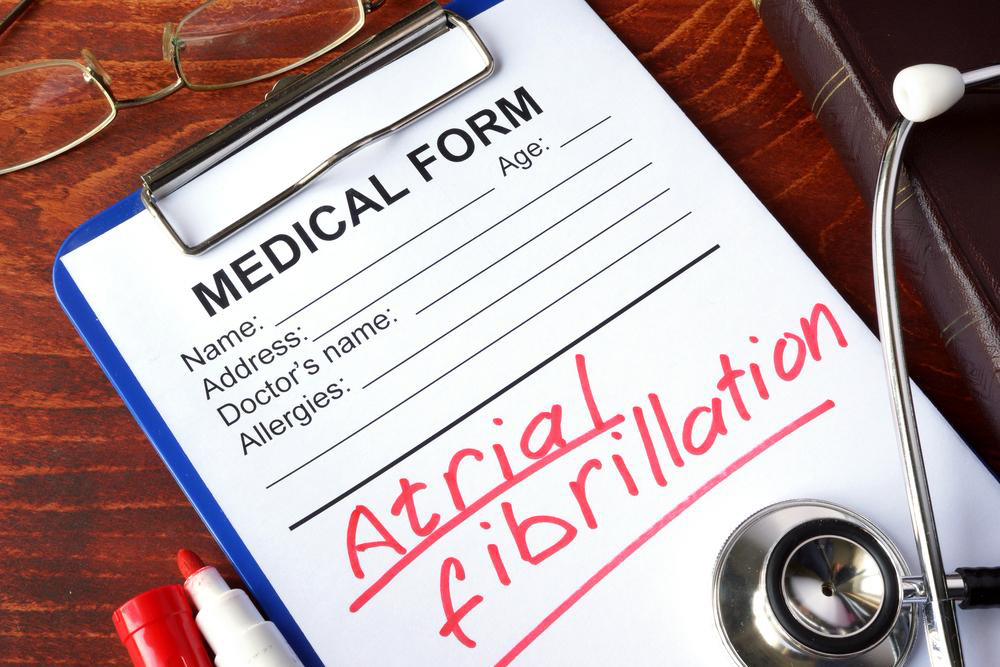Comprehensive Guide to Atrial Fibrillation: Prevention, Diagnosis, and Treatment Options
This comprehensive article explores atrial fibrillation in detail, covering its causes, symptoms, diagnosis, and advanced management options. It emphasizes the importance of early detection, personalized treatment plans, and lifestyle modifications to reduce stroke risk and improve overall heart health. With modern medical strategies, patients can effectively manage AFib and prevent serious complications, enhancing their quality of life through informed healthcare choices.

Comprehensive Guide to Atrial Fibrillation: Prevention, Diagnosis, and Treatment Options
Atrial fibrillation (AFib) is one of the most common cardiac arrhythmias impacting millions worldwide, especially as the population ages. This irregular heartbeat condition can significantly increase the risk of stroke, heart failure, and other cardiovascular complications if not diagnosed and managed properly. Understanding the intricacies of AFib, including its causes, symptoms, diagnostic methods, and treatment strategies, is crucial for patients and healthcare providers alike. This extensive guide aims to shed light on everything you need to know about atrial fibrillation, from prevention to management.
What Is Atrial Fibrillation?
Atrial fibrillation, often abbreviated as AFib or AFL, is a type of abnormal heart rhythm characterized by rapid and irregular beating of the atria—the upper chambers of the heart. In a healthy heart, electrical signals coordinate heartbeats in a regular pattern. In AFib, these signals become chaotic, leading to a quivering or irregular heartbeat that can interfere with the heart’s ability to pump blood effectively. This disruption can have serious health implications, especially if left untreated.
Risk Factors and Causes of AFib
Several factors contribute to the development of atrial fibrillation. Age is the most significant risk factor, with prevalence rising sharply after the age of 60. The aging process involves structural and electrical changes in the heart’s atria, making them more susceptible to abnormal rhythms. Other vital risk factors include high blood pressure, coronary artery disease, heart valve disorders, congestive heart failure, and previous heart attacks. Additionally, lifestyle factors such as obesity, excessive alcohol consumption, smoking, and high levels of stress can also increase the likelihood of AFib. People with a family history of cardiac arrhythmias are at a higher genetic risk, emphasizing the importance of regular health monitoring.
Symptoms and Warning Signs
Many individuals with atrial fibrillation experience noticeable symptoms, although some remain asymptomatic and are only diagnosed during routine examinations. Common symptoms include an irregular, rapid heartbeat that may feel like a fluttering or pounding sensation in the chest. Patients often report dizziness or lightheadedness, which results from decreased cardiac output. Shortness of breath, especially during exertion, is another hallmark of AFib, as the inefficient pumping reduces oxygen delivery. Some patients experience chest discomfort or pain, while others may notice fatigue or weakness. Because these symptoms can mimic other heart conditions, it’s vital to seek medical attention if any of these signs are observed.
Diagnostic Procedures for AFib
Accurate diagnosis of atrial fibrillation relies on several clinical assessments and diagnostic tests. The electrocardiogram (ECG or EKG) remains the primary tool used to identify irregular heart rhythms and confirm AFib. During an ECG, electrodes placed on the chest record the electrical activity of the heart, revealing characteristic irregular patterns associated with AFib. For intermittent or paroxysmal AFib episodes, continuous monitoring via Holter monitors or implantable loop recorders may be necessary. Echocardiograms help assess the structural condition of the heart, identifying underlying issues like valve problems or chamber enlargement. Blood tests are also performed to evaluate risk factors such as thyroid function, electrolyte balance, and markers of inflammation that can influence arrhythmia development.
Management and Treatment Strategies
Managing atrial fibrillation involves a multifaceted approach tailored to each patient’s specific condition and risk profile. The primary goals are to restore and maintain normal heart rhythm, prevent stroke, and alleviate symptoms. Treatment options can be broadly divided into lifestyle modifications, medication therapy, and procedural interventions:
Lifestyle Changes: Maintaining a healthy weight, engaging in regular moderate exercise, limiting alcohol intake, quitting smoking, and managing stress are crucial components of AFib management. Control of comorbid conditions like hypertension and diabetes also plays a significant role in reducing episodes.
Medications: Antiarrhythmic drugs such as amiodarone or flecainide help regulate heart rhythm. Beta-blockers and calcium channel blockers can control heart rate. To prevent stroke, anticoagulants like warfarin, dabigatran, rivaroxaban, or apixaban are prescribed based on individual risk assessments.
Procedural Interventions: For persistent or recurrent AFib, catheter ablation—where electrical signals are targeted and modified—can effectively restore normal rhythm. In selected cases, surgical procedures such as Maze surgery may be indicated. Devices like pacemakers are used when necessary to regulate heart rate and rhythm.
Prevention and Outlook
Preventing atrial fibrillation involves proactive management of cardiovascular health. Regular check-ups, especially for those with risk factors, are essential. Lifestyle modifications, including maintaining a healthy weight, exercising regularly, and controlling blood pressure, significantly reduce the risk. For individuals diagnosed with AFib, ongoing monitoring and adherence to prescribed therapies are vital for minimizing complications and improving quality of life.
Complications and Long-term Management
One of the most serious complications of AFib is stroke, resulting from blood clots forming in the atria due to poor blood flow. Effective anticoagulation therapy plays a pivotal role in stroke prevention. Additionally, AFib can lead to heart failure if the heart’s pumping efficiency diminishes. Long-term management requires regular follow-up with healthcare providers, medication adjustments, and lifestyle adherence. Advances in medical technology continue to improve outcomes for AFib patients, emphasizing early detection and personalized treatment plans.
Conclusion
Understanding atrial fibrillation is essential in reducing associated health risks and improving patient outcomes. Through early detection, appropriate medication, lifestyle adjustments, and, when necessary, procedural interventions, individuals can effectively manage this complex arrhythmia. As research progresses, more innovative treatments and preventive strategies will emerge, offering hope for better quality of life for those affected by AFib. Maintaining awareness and proactive health management remains the cornerstone of successful AFib control.





